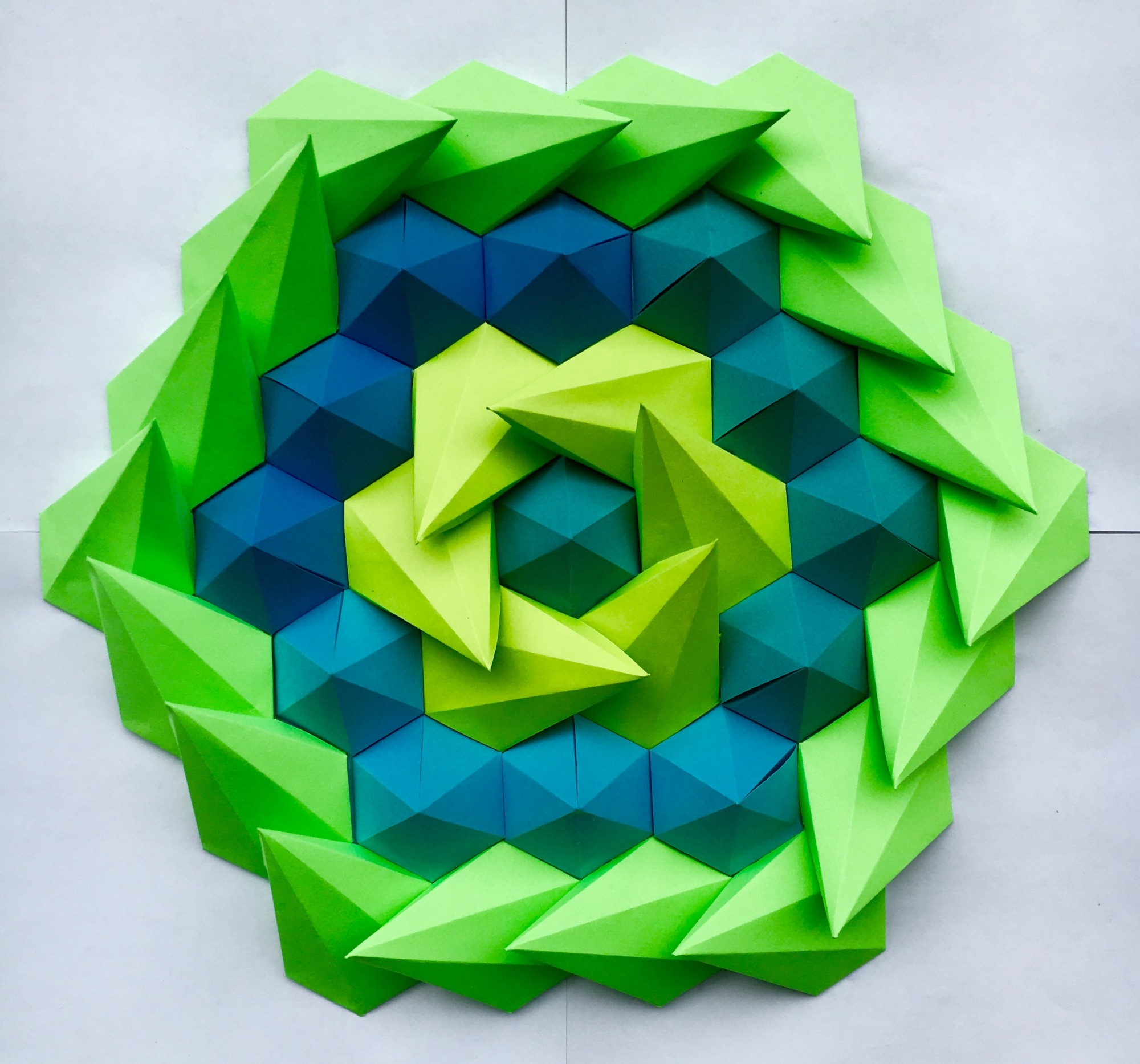

Two people have principally been responsible for investigating and developing tessellations: Roger Penrose, an eminent mathematician, and the artist, M.C.Escher. Tessellations are a common feature of decorative art and occur in the Presumably this is an indication of the fact that tiles of this shape are the easiest to interlock. The word tessellation itself derives from the Greek tessera, which is associated with four, square and tile. Tessellation is a system of shapes which are fitted together to cover a plane, without any gaps or overlapping. And of course, there is so much maths involved! It seems a golden opportunity to link art with maths, allowing the creative side of your children to take over. There is so much scope for practical exploration of tessellations both For many, this is their preferred method of learning and, in general, it engages pupils more effectively. So often in the classroom we try to make activities more enjoyable for the children by varying our teaching to include a more tactile or "hands on" approach. Do listen to your child when they are explaining this, as it will encourage them to learn more about tessellation in math.'Why tessellation?' you may well be asking. They will look out for patterns in things around them and will point them out for you. Once your child knows what a tessellation is, they will find them everywhere. Ask your child to start creating a pattern from one corner of the card stock and create a tightly interlocking, repeating pattern of pasta. All you need for this activity is uniformed shape pasta. Pasta TessellationĪs you know that tessellations are patterns made up of shapes that fit together without leaving space in between – You can encourage your child to learn this using pasta, children’s favourite snack. Tip: While your little one will be busy colouring these pages – you will get some downtime too! 6. There are quite a few options available online that you can choose from and take a print for your child to colour.

If your child is starting to learn about tessellations, then colouring the tessellation patterns will be an ideal activity for them to start out. As they finish their tessellation designs, help them mount the final version to the paper using glue sticks. Using card stock, invite your child to cut various shapes to create a tessellating pattern. Ask them to finish the pattern and colour it. Next, ask them to draw that shape again immediately next to the first shape. In one row, they can draw a simple shape that spans the entire height of the row, like a square. Give your child a plain sheet and colours and encourage them to create their own tessellation pattern. Get your child a tessellation puzzle, and all you need to do is sit and observe your child assemble them into one solid work of art! 3. Psst…Be ready to tolerate the occasional Legos under your foot! 2. Ask them to make symmetric patterns using their Legos. Make your child use their coloured building blocks as an awesome learning tool. So, let’s read about some activities on tessellation for kindergarten kids below. You will be happy to know that the theory part is now over, and it’s time to make your child practice and understand tessellations with the help of fun and engaging activities. Activities To Teach Your Kids Tessellations
TESSELLATION SHAPES SERIES
Not only do these shapes have any angles, but clearly, it is impossible to put a series of circles or ovals next to each other without a gap. Therefore, circles and ovals cannot tessellate. Only three regular polygons can form a tessellation by themselves – triangles, squares, and hexagons. So, in a tessellation, whenever two or more polygons meet at a point or at a particular vertex, the internal angles must add up to 360 degrees. Now that you know what tessellation is and its types, let’s learn what shapes can’t make tessellation patterns. Which Shapes Can’t Make Tessellation Patterns?


 0 kommentar(er)
0 kommentar(er)
